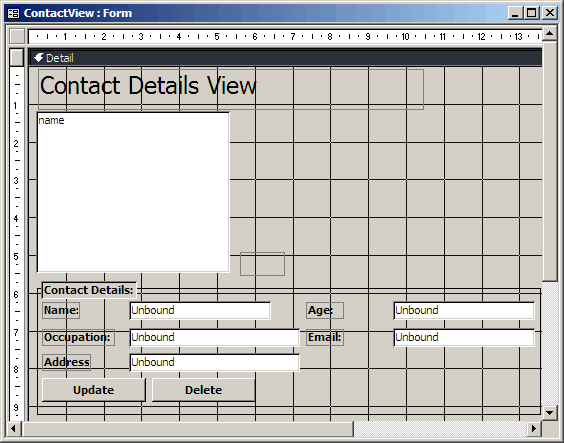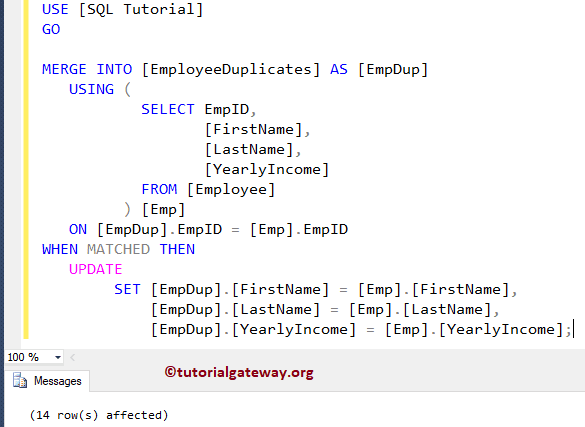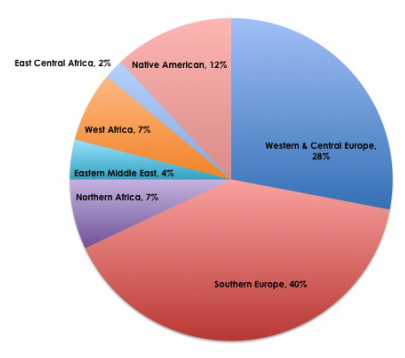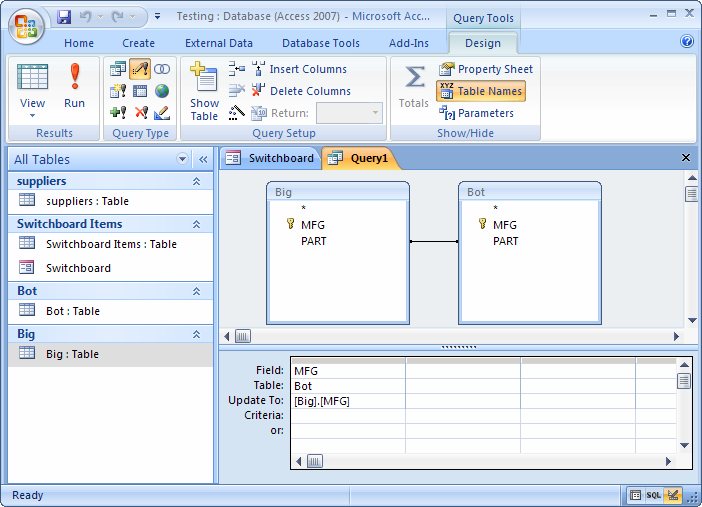Until MariaDB 10.3.2, for the multiple-table syntax, UPDATE updates rows in each table named in tablereferences that satisfy the conditions. In this case, ORDER BY and LIMIT cannot be used. This restriction was lifted in MariaDB 10.3.2 and both clauses can be used with multiple-table updates.
- Update Table Select Another Table Sql Unbound Database
- Update Table Select Another Table Sql Unbound Syntax
- Update Table Select Another Table Sql Unbound Mysql
- Update Table Select Another Table Sql Unbound Query
- Update Table Select Another Table Sql Unbound Pdf
- Update Table Select Another Table Sql Unbound Tutorial
- Update Table Select Another Table Sql Unbound Rows
Aug 18, 2018 Thus, the simplest and straightforward way to update values from one table to another table is to use the UPDATE FROM SELECT statement. By using UPDATE FROM, you can avoid the complicated ways like cursors, table data type, temp table, etc. CREATE TABLE newtable AS (SELECT. FROM oldtable); Example. Let's look at an example that shows how to create a table by copying all columns from another table. For Example: CREATE TABLE suppliers AS (SELECT. FROM companies WHERE id 1000); This would create a new table called suppliers that included all columns from the companies table. Update ( select u.sid as newid, ud.username as id from userdetails ud inner join users u on lower(ud.username) = u.email ) up set up.id = up.newid; SQL Error: ORA-01779: cannot modify a column which maps to a non key-preserved table 01779. 00000 - 'cannot modify a column which maps to a non key-preserved table'.Cause: An attempt was made.

Syntax
Single-table syntax:
Multiple-table syntax:
Contents
- Description
Description
For the single-table syntax, the UPDATE statement updatescolumns of existing rows in the named table with new values. TheSET clause indicates which columns to modify and the valuesthey should be given. Each value can be given as an expression, or the keywordDEFAULT to set a column explicitly to its default value. TheWHERE clause, if given, specifies the conditions that identifywhich rows to update. With no WHERE clause, all rows areupdated. If the ORDER BY clause is specified, the rows areupdated in the order that is specified. The LIMIT clauseplaces a limit on the number of rows that can be updated.
MariaDB starting with 10.0
The PARTITION clause was introduced in MariaDB 10.0. See Partition Pruning and Selection for details.
Until MariaDB 10.3.2, for the multiple-table syntax, UPDATE updates rows in eachtable named in table_references that satisfy the conditions. In this case,ORDER BY and LIMIT cannot be used. This restriction was lifted in MariaDB 10.3.2 and both clauses can be used with multiple-table updates. An UPDATE can also reference tables which are located in different databases; see Identifier Qualifiers for the syntax.
where_condition is an expression that evaluates to true foreach row to be updated.
table_references and where_condition are asspecified as described in SELECT.
For single-table updates, assignments are evaluated in left-to-right order, while for multi-table updates, there is no guarantee of a particular order. If the SIMULTANEOUS_ASSIGNMENTsql_mode (available from MariaDB 10.3.5) is set, UPDATE statements evaluate all assignments simultaneously.


Update Table Select Another Table Sql Unbound Database
The UPDATE statement supports the following modifiers:
- If you use the
LOW_PRIORITYkeyword, execution of theUPDATEis delayed until no other clients are reading from the table. This affects only storage engines that use only table-level locking (MyISAM, MEMORY, MERGE). See HIGH_PRIORITY and LOW_PRIORITY clauses for details. - If you use the
IGNOREkeyword, the update statement does not abort even if errors occur during the update. Rows for which duplicate-key conflicts occur are not updated. Rows for which columns are updated to values that would cause data conversion errors are updated to the closest valid values instead.
UPDATE Statements With the Same Source and Target
Update Table Select Another Table Sql Unbound Syntax
MariaDB starting with 10.3.2
From MariaDB 10.3.2, UPDATE statements may have the same source and target.
For example, given the following table:
Willem eprom programmer pcb50 download unbound crack. Until MariaDB 10.3.1, the following UPDATE statement would not work:

Syntax
Single-table syntax:
Multiple-table syntax:
Contents
- Description
Description
For the single-table syntax, the UPDATE statement updatescolumns of existing rows in the named table with new values. TheSET clause indicates which columns to modify and the valuesthey should be given. Each value can be given as an expression, or the keywordDEFAULT to set a column explicitly to its default value. TheWHERE clause, if given, specifies the conditions that identifywhich rows to update. With no WHERE clause, all rows areupdated. If the ORDER BY clause is specified, the rows areupdated in the order that is specified. The LIMIT clauseplaces a limit on the number of rows that can be updated.
MariaDB starting with 10.0
The PARTITION clause was introduced in MariaDB 10.0. See Partition Pruning and Selection for details.
Until MariaDB 10.3.2, for the multiple-table syntax, UPDATE updates rows in eachtable named in table_references that satisfy the conditions. In this case,ORDER BY and LIMIT cannot be used. This restriction was lifted in MariaDB 10.3.2 and both clauses can be used with multiple-table updates. An UPDATE can also reference tables which are located in different databases; see Identifier Qualifiers for the syntax.
where_condition is an expression that evaluates to true foreach row to be updated.
table_references and where_condition are asspecified as described in SELECT.
For single-table updates, assignments are evaluated in left-to-right order, while for multi-table updates, there is no guarantee of a particular order. If the SIMULTANEOUS_ASSIGNMENTsql_mode (available from MariaDB 10.3.5) is set, UPDATE statements evaluate all assignments simultaneously.
You need the UPDATE privilege only for columns referenced inan UPDATE that are actually updated. You need only theSELECT privilege for any columns that are read butnot modified. See GRANT.
Update Table Select Another Table Sql Unbound Database
The UPDATE statement supports the following modifiers:
- If you use the
LOW_PRIORITYkeyword, execution of theUPDATEis delayed until no other clients are reading from the table. This affects only storage engines that use only table-level locking (MyISAM, MEMORY, MERGE). See HIGH_PRIORITY and LOW_PRIORITY clauses for details. - If you use the
IGNOREkeyword, the update statement does not abort even if errors occur during the update. Rows for which duplicate-key conflicts occur are not updated. Rows for which columns are updated to values that would cause data conversion errors are updated to the closest valid values instead.
UPDATE Statements With the Same Source and Target
Update Table Select Another Table Sql Unbound Syntax
MariaDB starting with 10.3.2
From MariaDB 10.3.2, UPDATE statements may have the same source and target.
For example, given the following table:
Willem eprom programmer pcb50 download unbound crack. Until MariaDB 10.3.1, the following UPDATE statement would not work:
From MariaDB 10.3.2, the statement executes successfully:
Update Table Select Another Table Sql Unbound Mysql
Example
Single-table syntax:
Update Table Select Another Table Sql Unbound Query
Multiple-table syntax:
